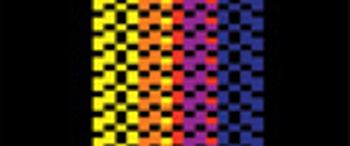
Outstanding stray light rejection performance of a triple-spectrometer system is demonstrated. Low-frequency Raman spectra of solid powder samples, including Stokes-AntiStokes Raman data, as low as 5 cm-? from the excitation line are presented.

Outstanding stray light rejection performance of a triple-spectrometer system is demonstrated. Low-frequency Raman spectra of solid powder samples, including Stokes-AntiStokes Raman data, as low as 5 cm-? from the excitation line are presented.
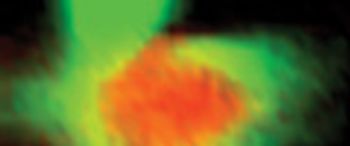
Chemical images of polystyrene beads on silicon acquired using Raman mapping and image processing are reviewed. The effects of the objective on the quality of the final image, particularly its magnification and numerical aperture, and the step size of the map, are discussed as well.
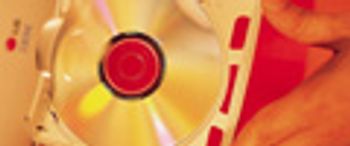
Advances in Raman spectroscopy and imaging generate large amounts of information pertaining to the chemical and physical composition of materials. The distillation of meaningful and useful information from such quantities of data can be challenging. New image analysis software combined with powerful chemometric techniques permit an analyst to perform rapid calibrationless and quantitative analysis and discover features easily overlooked using less rigorous methods. This article describes mapping and analysis of a painkiller tablet using a dispersive Raman microscope and accompanying software.

In conventional designs for dispersive Raman spectrometers, there is a tradeoff between spectral resolution and light throughput. A new design approach using Multimodal Multiplex (MMS) technology provides approximately 12x the throughput of a conventional slit-based system with no compromise in spectral resolution. This translates into a signal-to-noise advantage of greater than 3.5x for equivalent measurement times. In addition, the wide area aperture is ideally suited to large sample spot illumination, which yields measurements that are more representative of the bulk of the sample being analyzed.
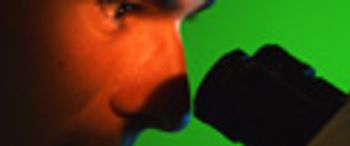
Carbon nanotubes are unique nanostructures with remarkable mechanical and electrical properties. Due to their tremendous potential for future innovations, great efforts are made to characterize these structures. In the following study, carbon nanotubes were investigated with Confocal Raman Microscopy and Atomic Force Microscopy using only one single instrument.
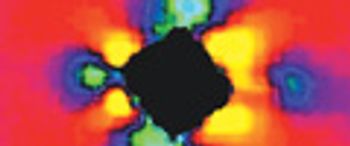
Surface-enhanced Raman spectroscopy (SERS) is a widely studied technique capable of adding single-molecule detection capability to the rich information provided by Raman spectroscopy. in this aricle, the authors show an additional system gain of more than two orders of magnitude to SERS by using a dielectric microsphere resonator to capture and excite the target system.
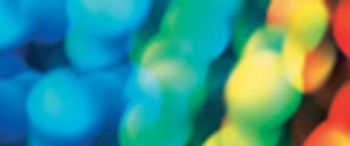
Guest author John Coates describes a new, compact handheld Raman instrument.
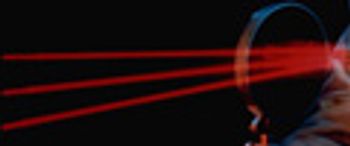
The authors review the operating principles of a silicon Raman laser and show that by introducing a longitudinal variation of the waveguide width in the cavity, the lasing efficiency can be increased significantly.

The authors review the operating principles of a silicon Raman laser and show that by introducing a longitudinal variation of the waveguide width in the cavity, the lasing efficiency can be increased significantly.
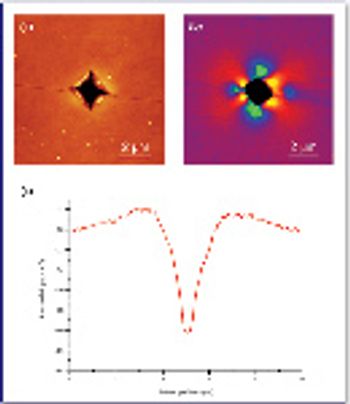
Confocal Raman microscopy can be useful when applied to all samples that are heterogeneous on the micrometer to millimeter scale and that generally can be investigated by Raman spectroscopy. This article presents examples of confocal Raman microscopy from various fields of application including pharmaceutical analysis and stress measurements in semiconductors.
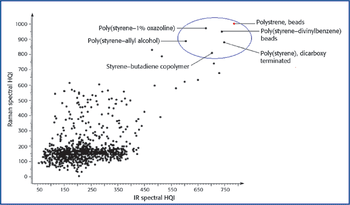
A new system for multitechnique spectral searching is described that utilizes analysis of several hit lists resulting from spectral similarity searches performed simultaneously in reference databases for multiple complementary analytical techniques. This paper demonstrates the benefits of this multitechnique approach using the complementary techniques of IR and Raman spectroscopy.
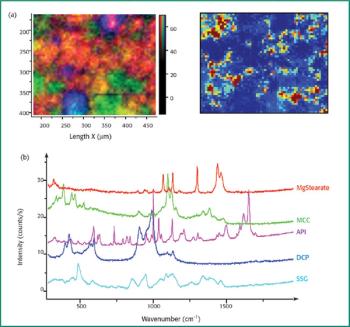
Compounds of magnesium and calcium are common components of pharmaceutical formulations. Spectroscopic imaging can provide a complete understanding of a formulation. This paper compares two spectral imaging techniques — energy dispersive X-ray fluorescence (EDXRF) microscopy and Raman microscopy.
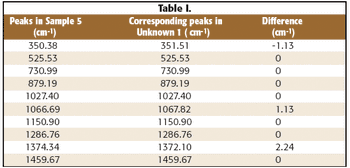
The authors present a novel technique for obtaining very high stability and reproducibility of a Raman spectrum, using grating corrected laser stabilization. An externally stabilized laser with a grating spectrometer provides exceptional quantum efficiency in the entire dynamic range. These components then are used to build a library of pharmaceutical raw materials and tested on samples of unknown material.
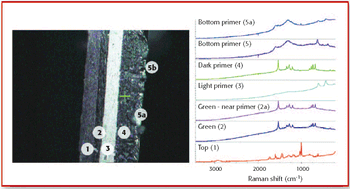
Due to its high information, vibrational content, the Raman spectrum provides important and specific molecular information. In this article, Raman microanalysis and instrumentation is discussed with specific application to the forensic science laboratory, where evidence integrity is of the utmost importance.
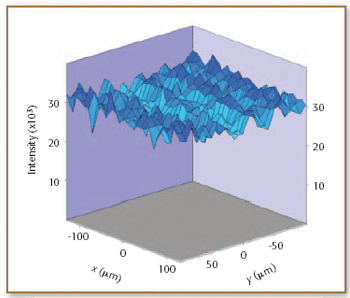
The acquisition of Raman spectra can be eased greatly through the use of surface-enhanced Raman spectroscopy (SERS). In this article, the authors discuss a new substrate technology that delivers reliable and consistent surface enhancement.
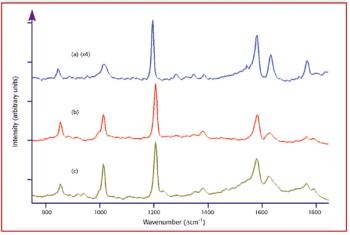
Raman spectroscopy has been employed to detect Bacillus cereus spores, an anthrax surrogate, collected from a letter as it passed through a mail sorting system. Raman spectroscopy also has the ability to identify many common substances used as hoaxes. A three-step method also is described for the detection of dipicolinic acid extracted from surface spores by SERS.
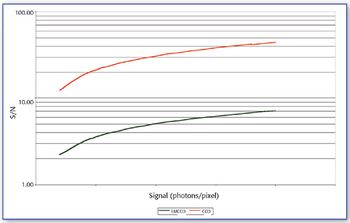
This article compares different CCD platforms by outlining CCD and EMCCD noise sources as well as an explanation of the two calculations to arrive at the signal-to-noise ratio for each. The data presented will show that a liquid nitrogen-cooled CCD camera still is the proper choice for low light level applications, such as Raman spectroscopy.

Recent advances in thin-film filter technology have enabled dramatic improvements in the performance of filters for laser-based analytical instrumentation.

Recent advances in thin-film filter technology have enabled dramatic improvements in the performance of filters for laser-based analytical instrumentation.

Recent advances in thin-film filter technology have enabled dramatic improvements in the performance of filters for laser-based analytical instrumentation.

The authors discuss how the Raman microscope is being used successfully to characterize pharmaceuticals, analyze disease states, and to characterize semiconductors and nanotechnologies.

This article examines advances that have been made to combine existing analytical techniques with Raman instrumentation. Some of these methods offer enhanced sample visualization, while others provide complementary vibrational spectroscopic information from a single sample point.

The authors discuss several sample types encountered in their laboratory for which Raman spectroscopy is the only reliable method of analysis. The technique is shown to be a routine and cost-effective tool for the industrial laboratory.

The authors review a surface enhanced laser Raman spectroscopy study of lung surfactant protein interaction with bacterial lipopolysaccharide.

This article overviews several recent advancements in Raman components that are enabling high analytical performance in low-cost Raman instruments.